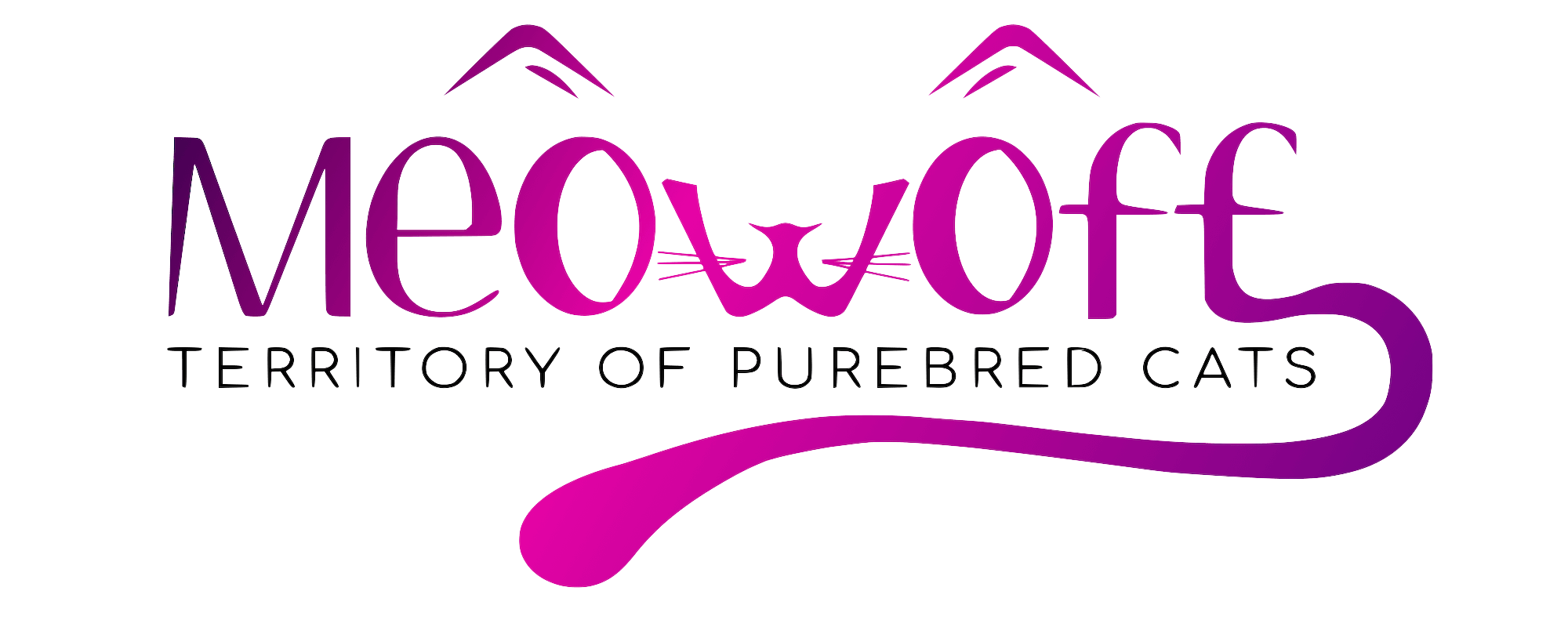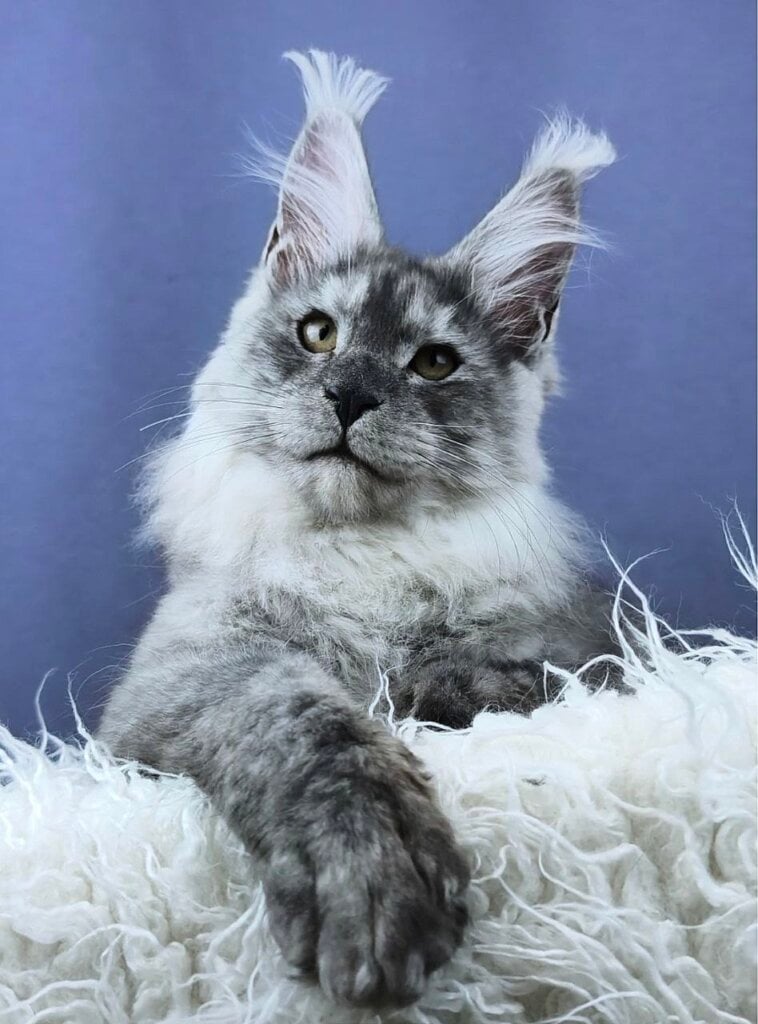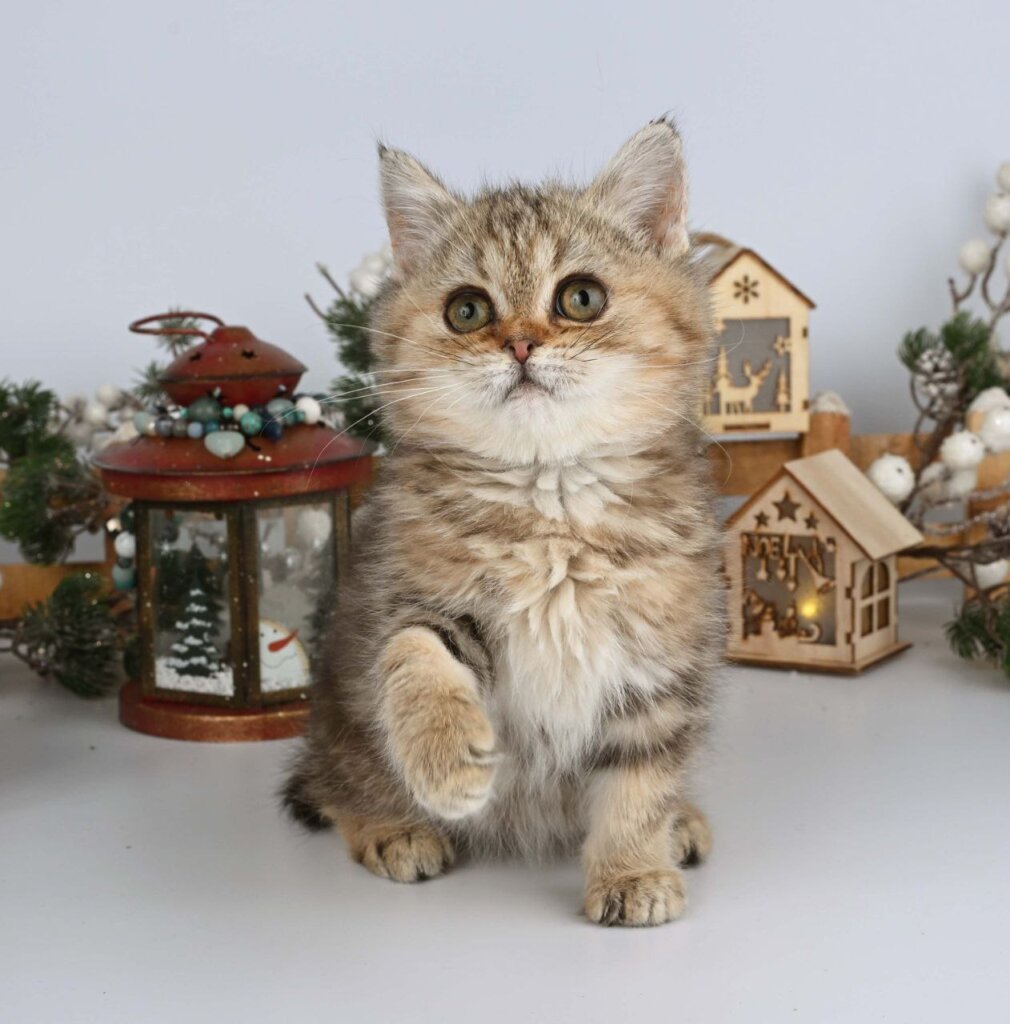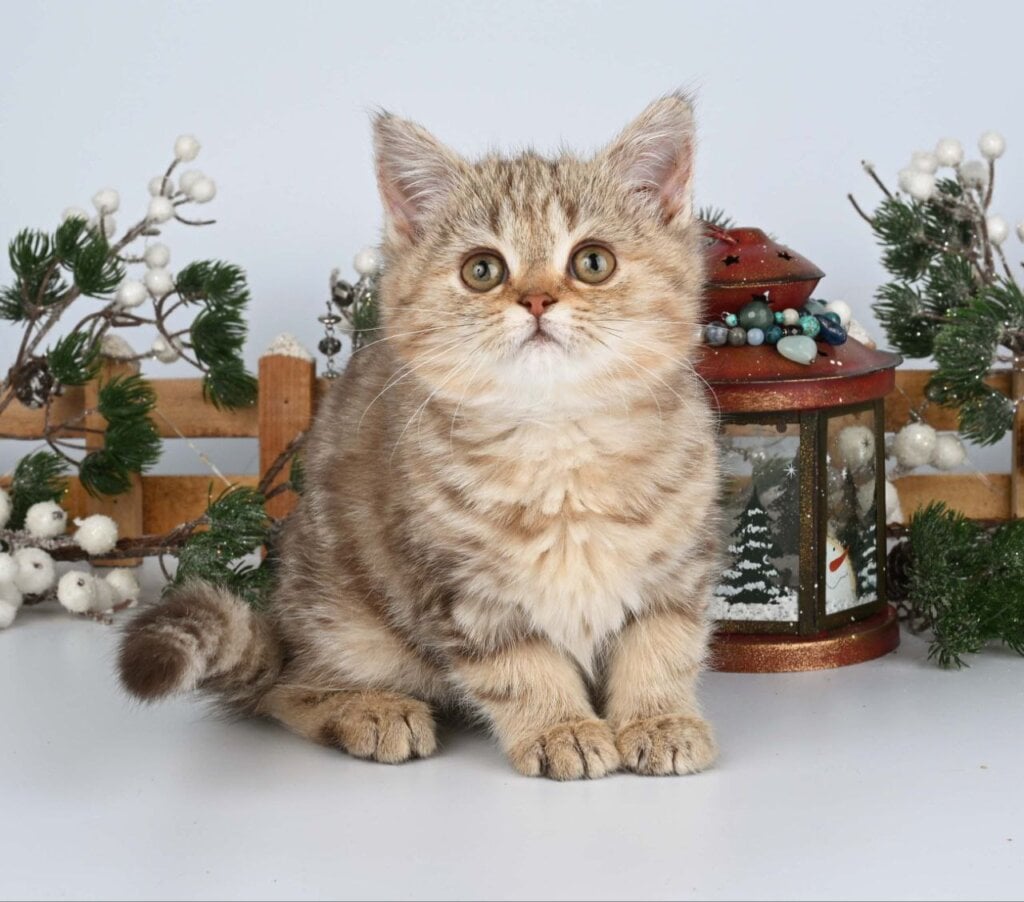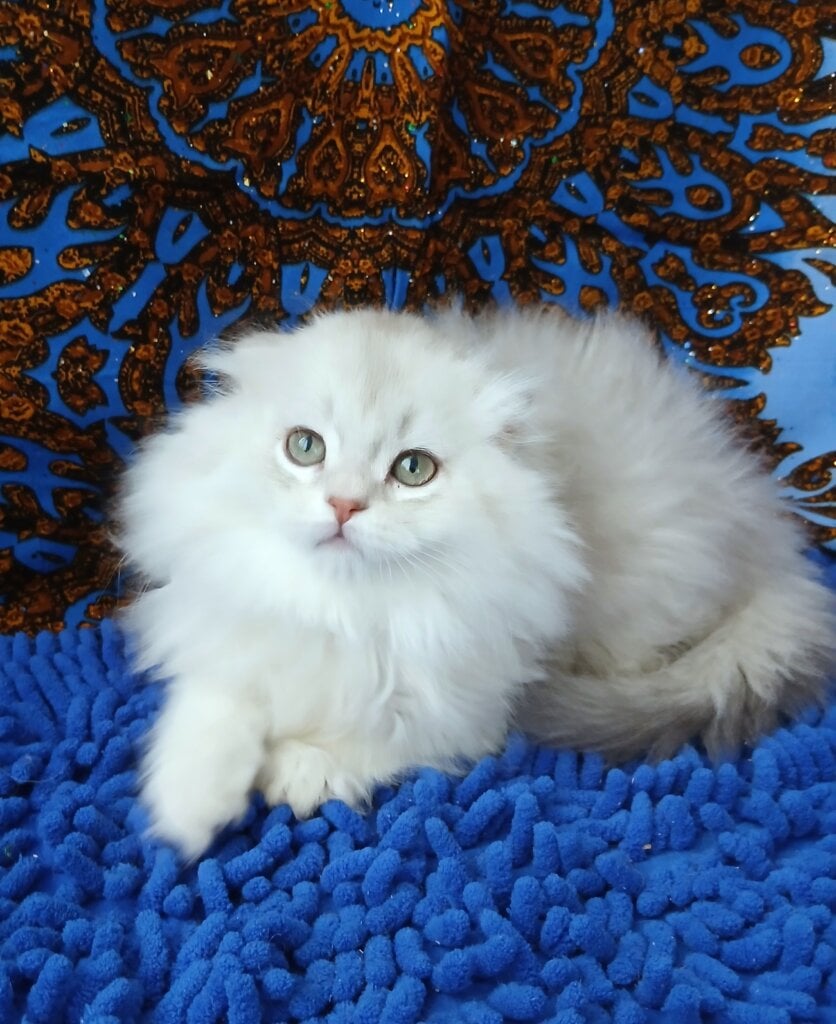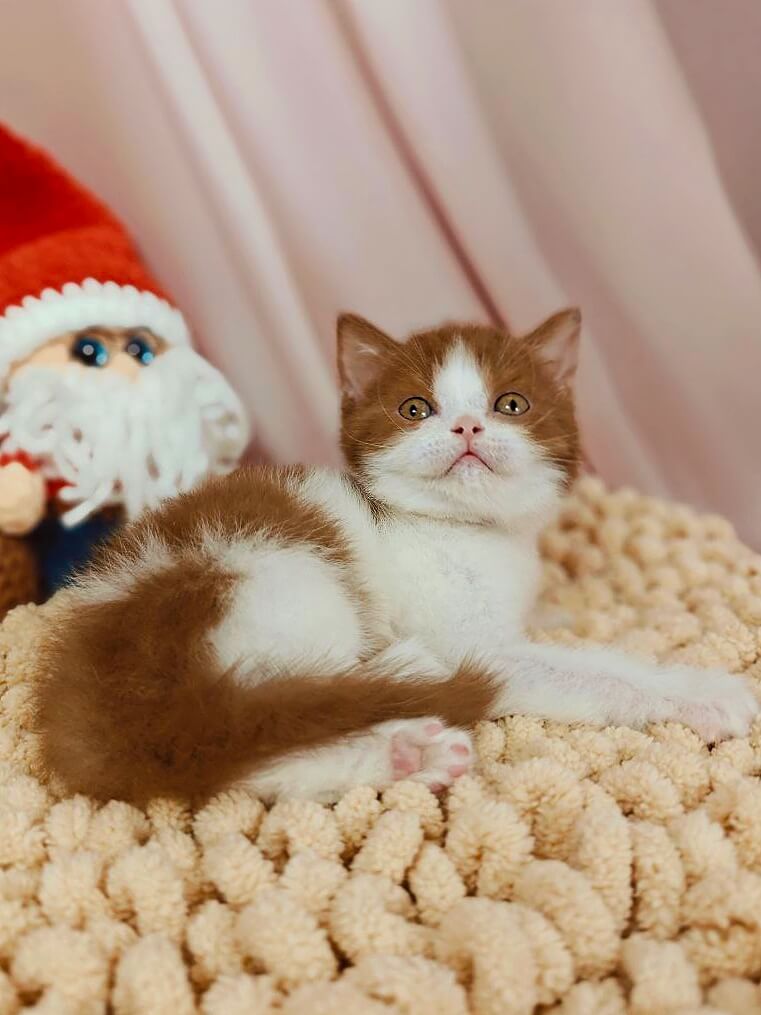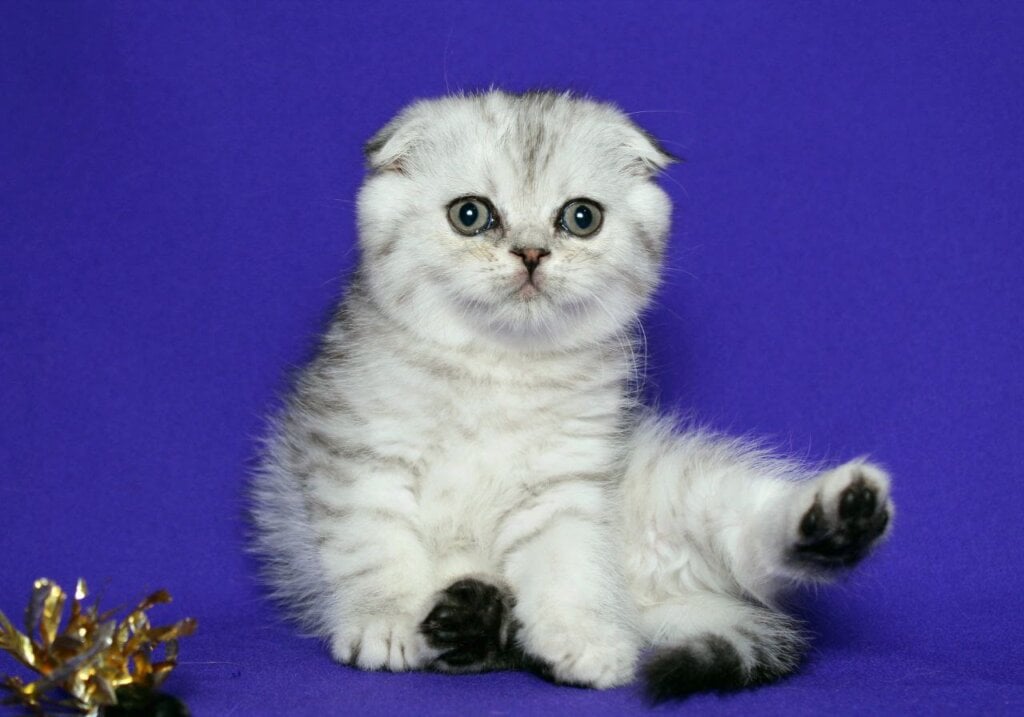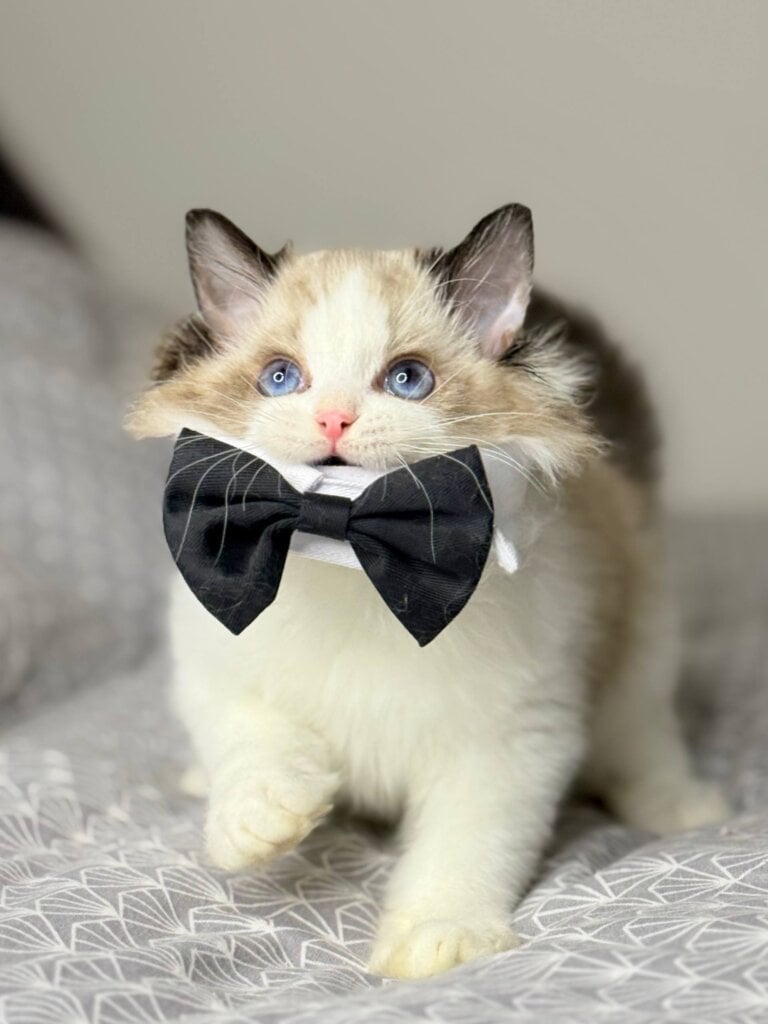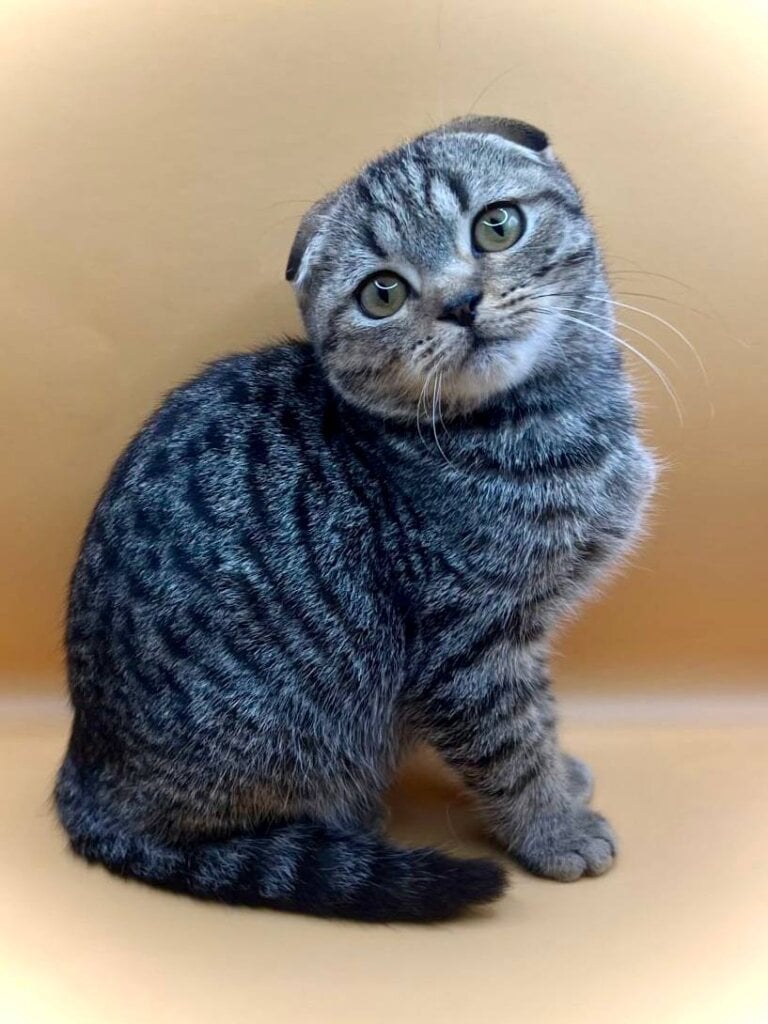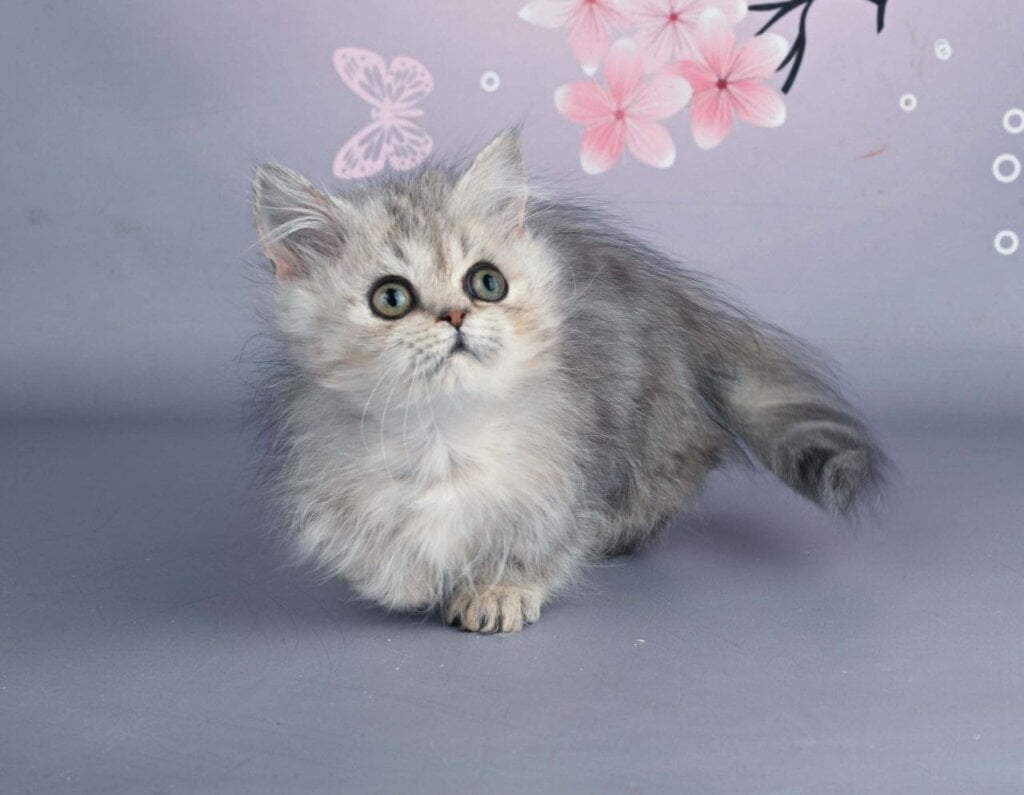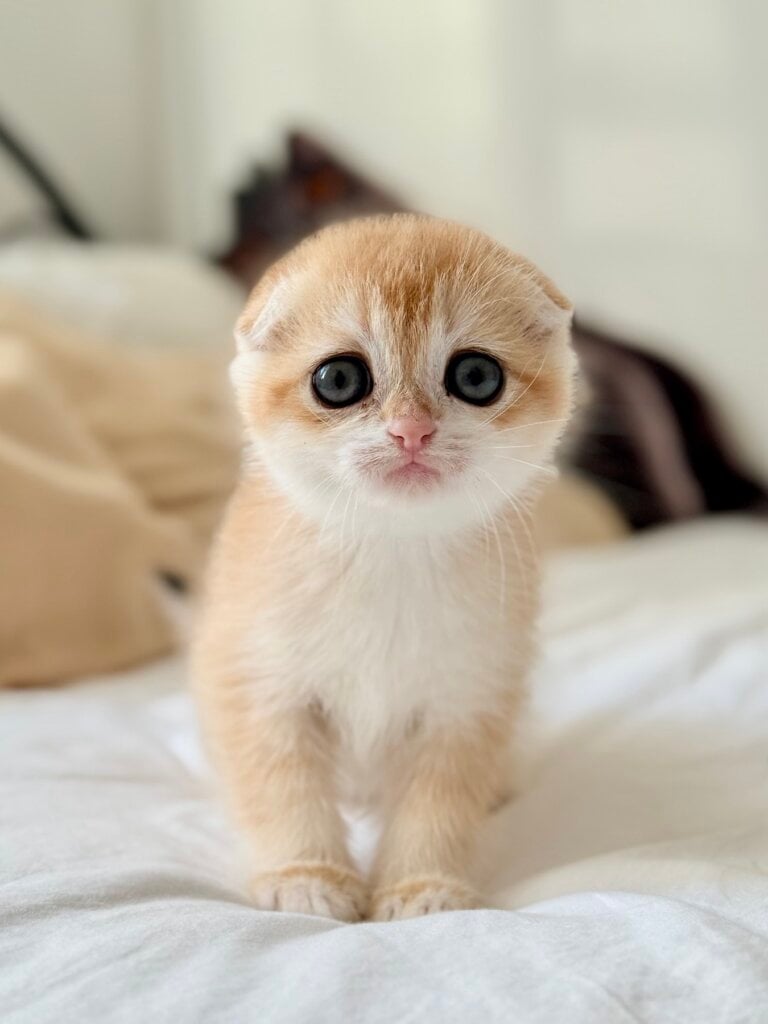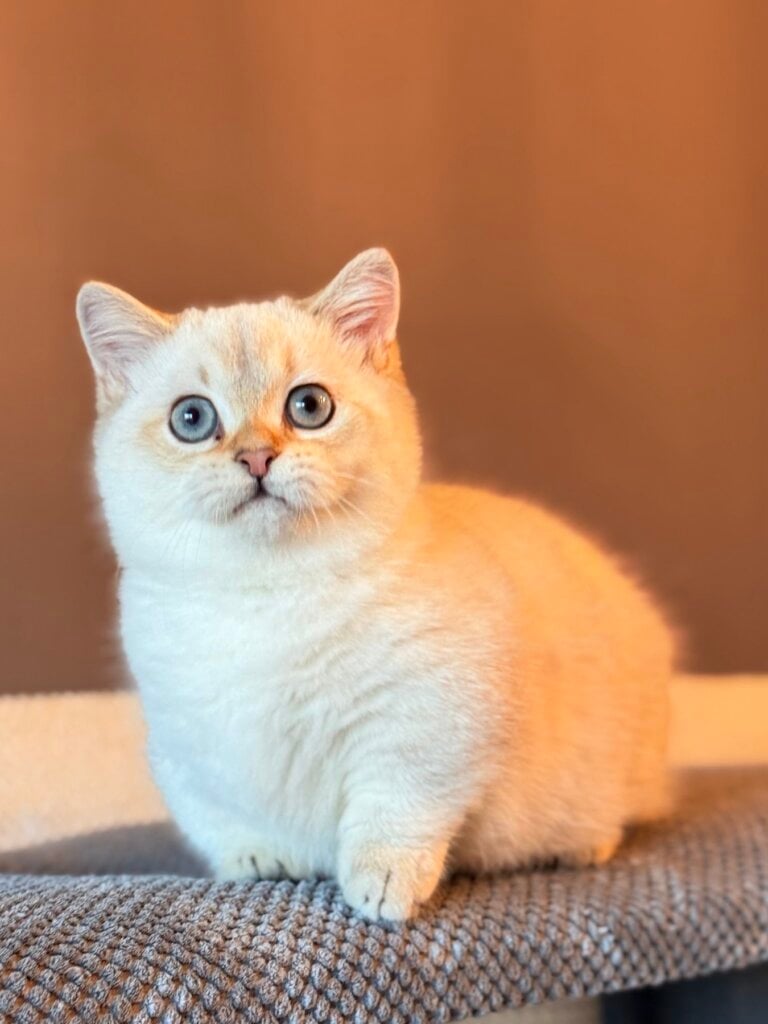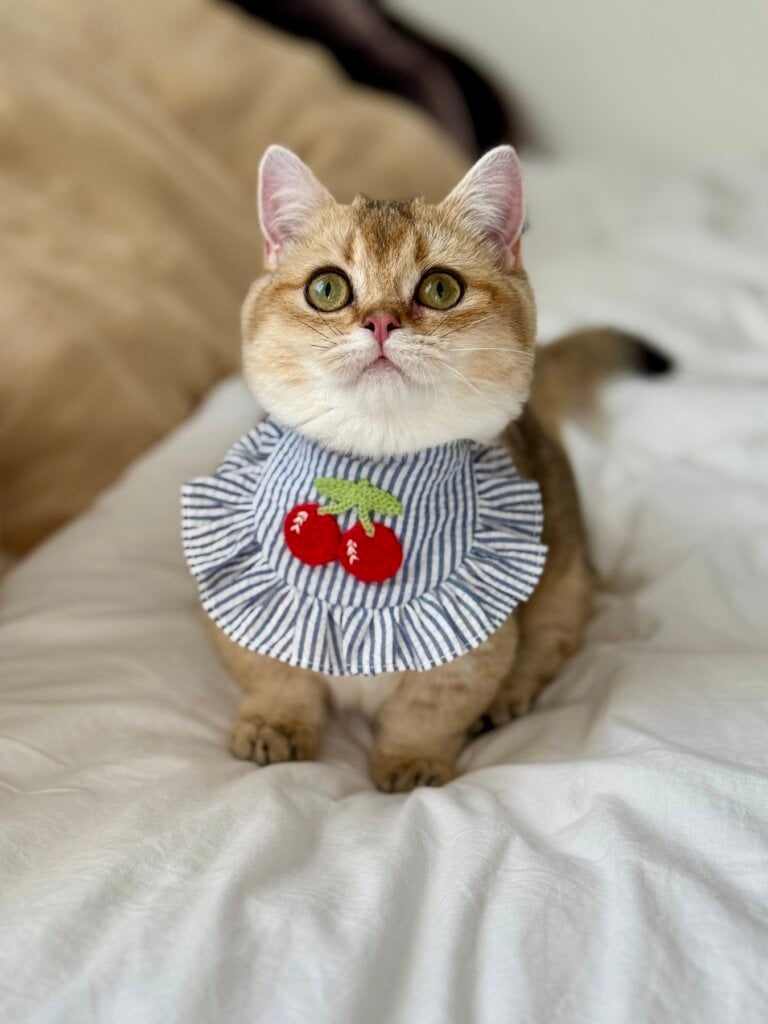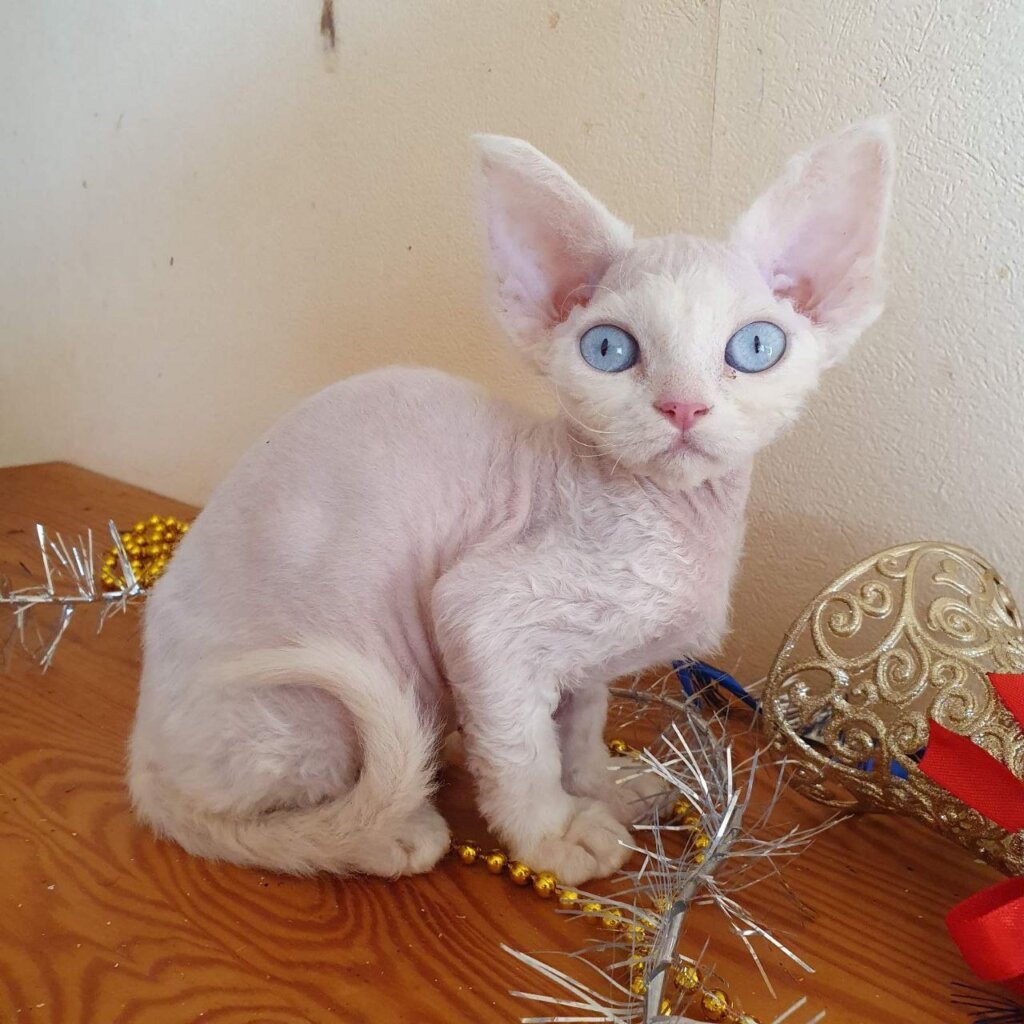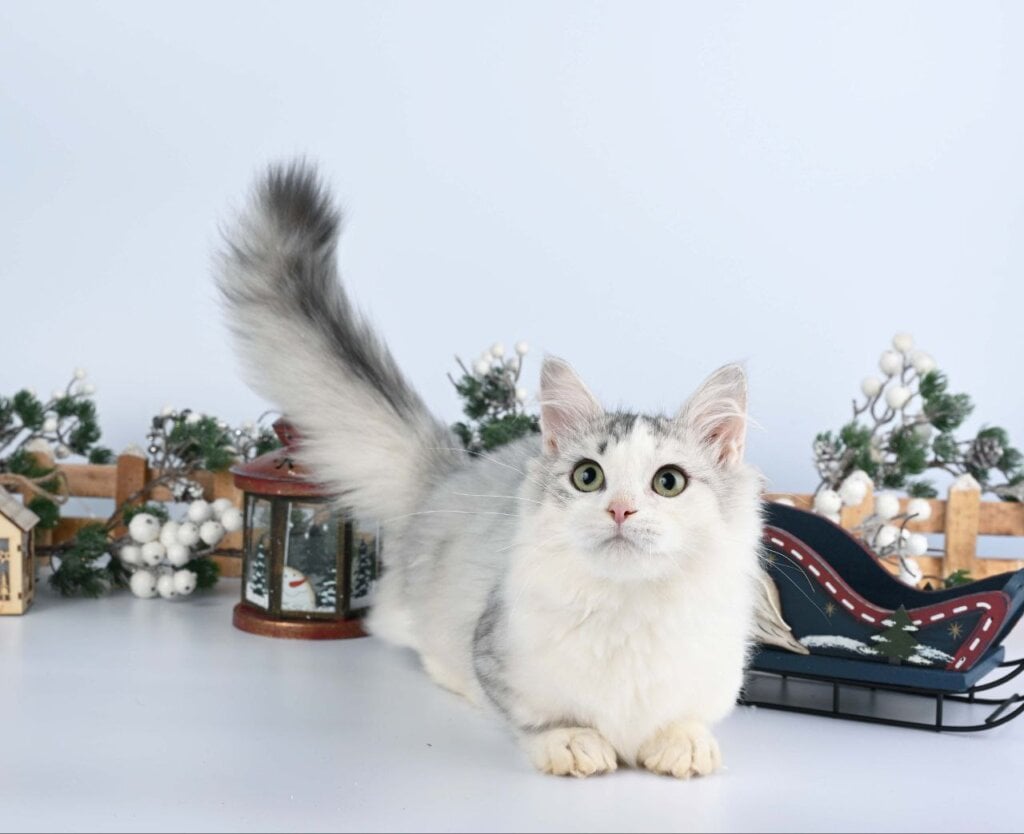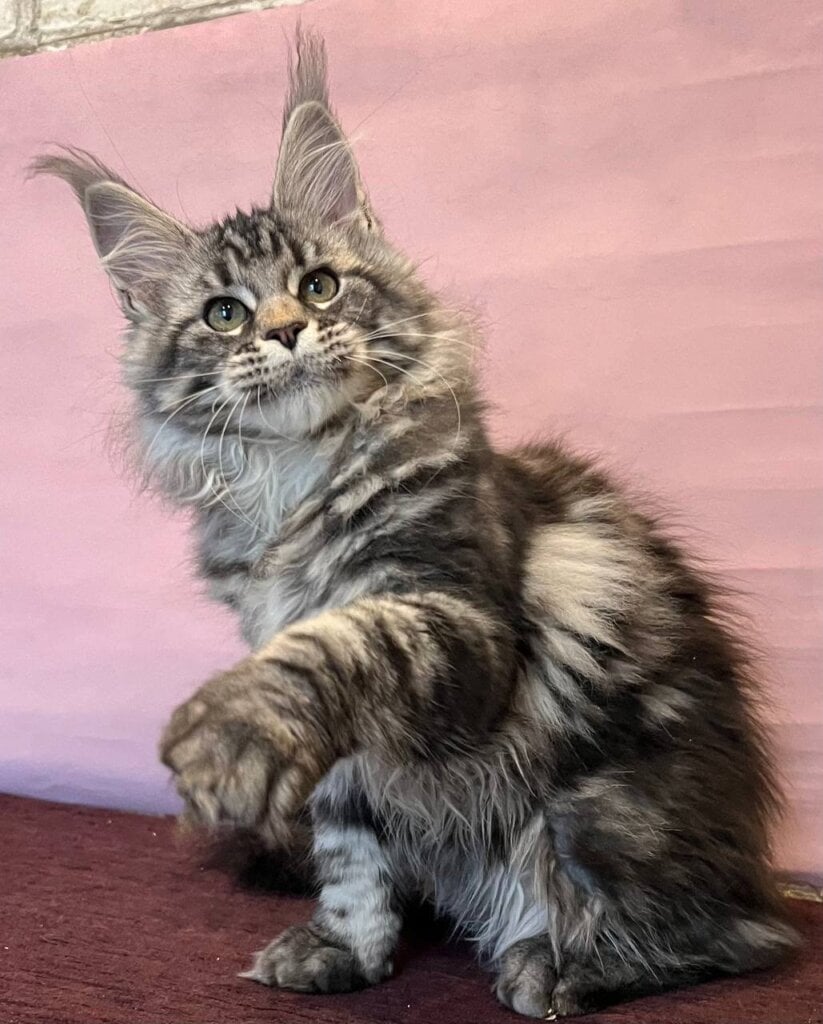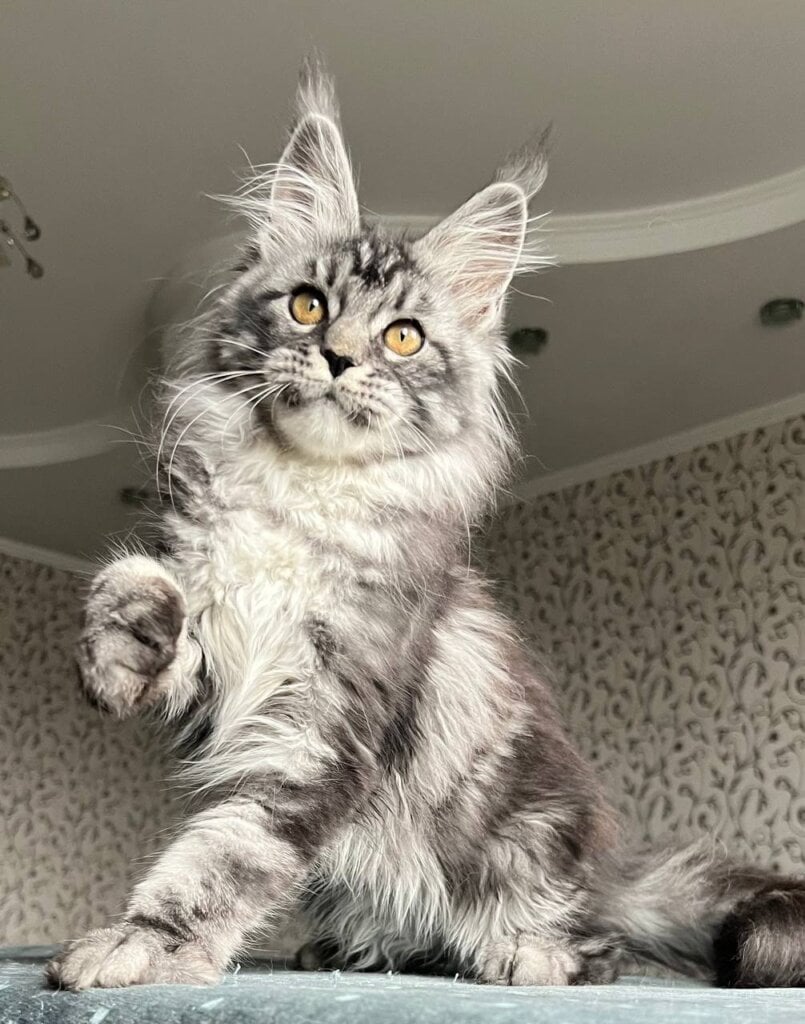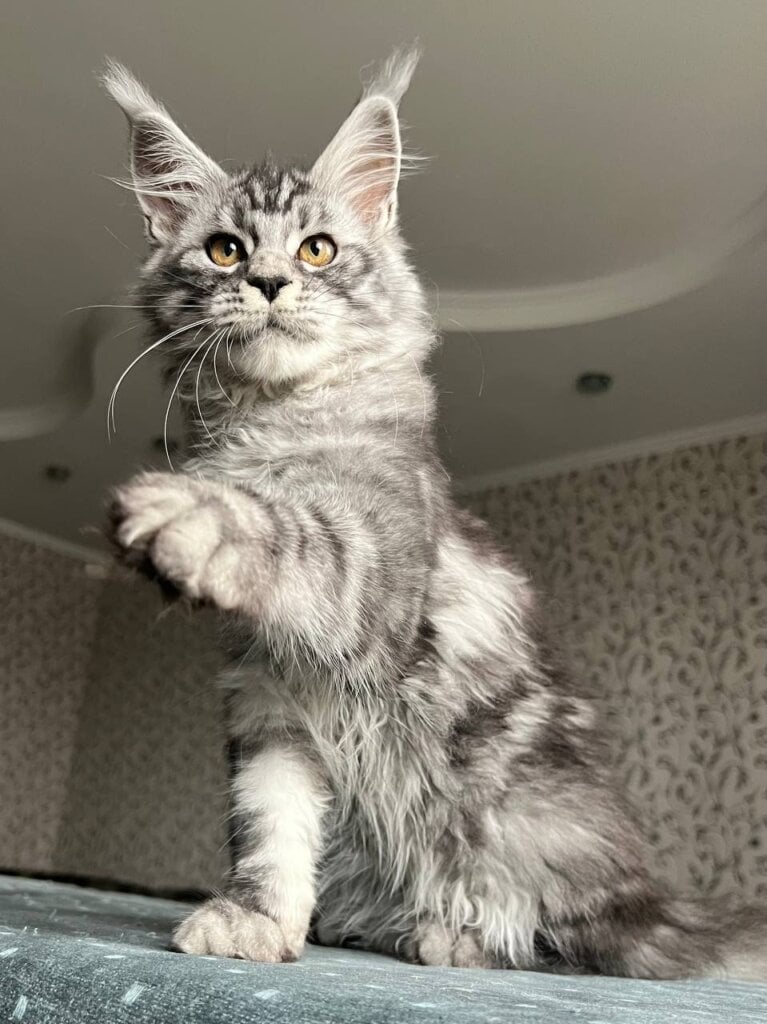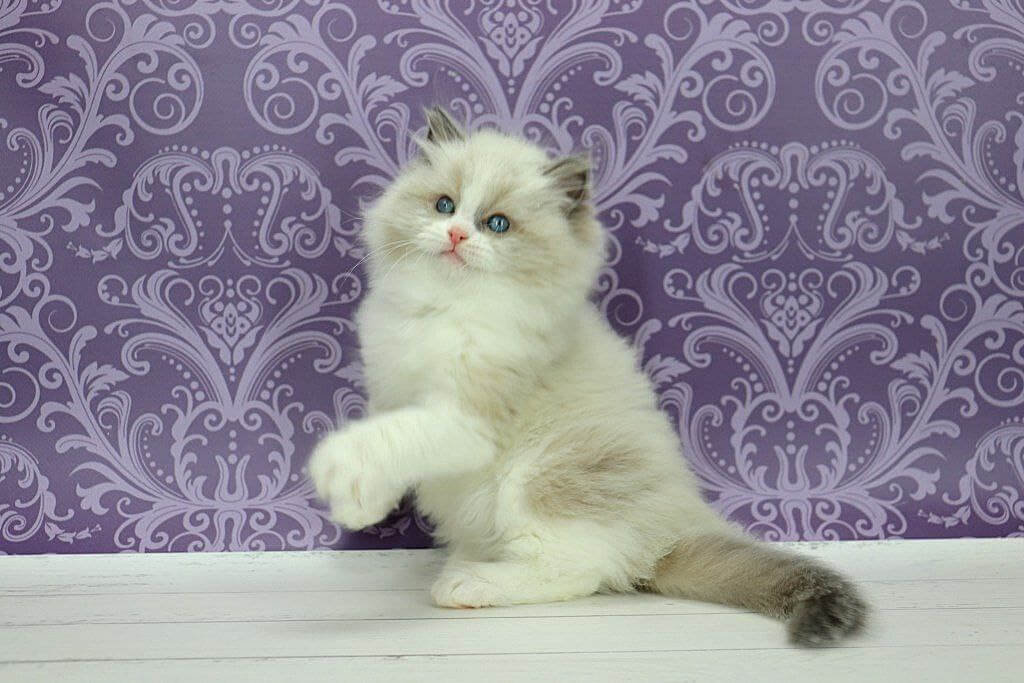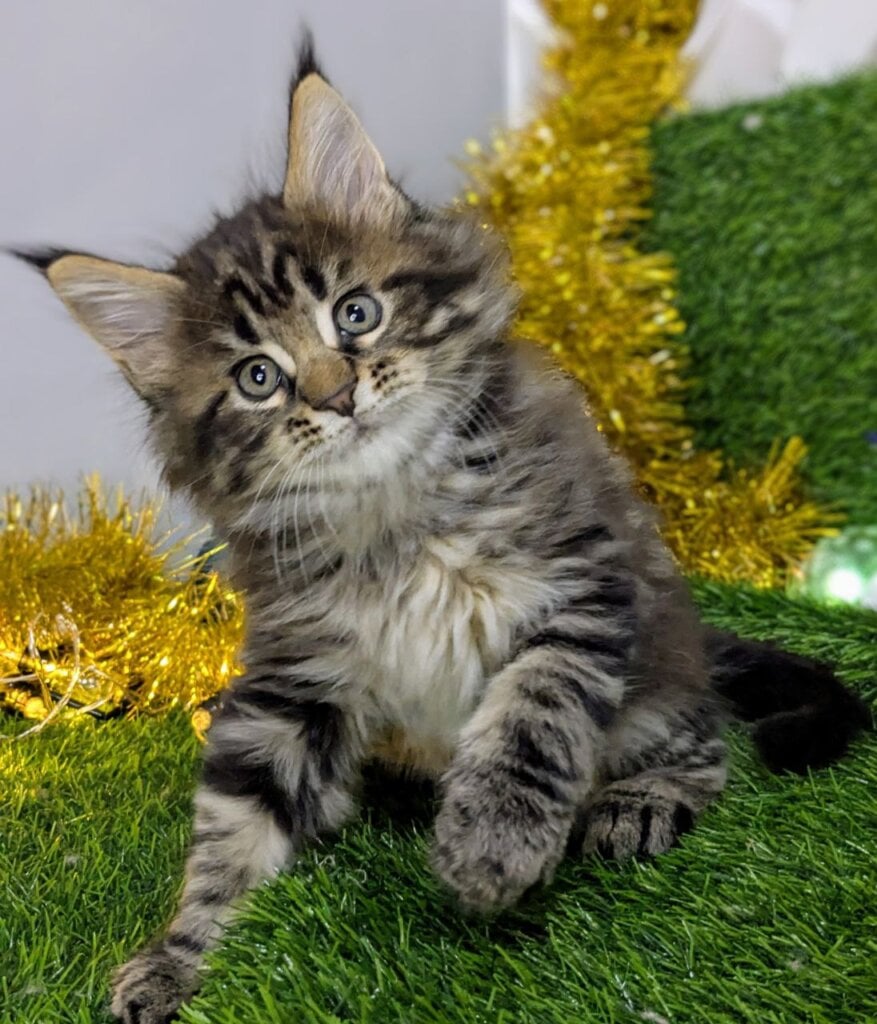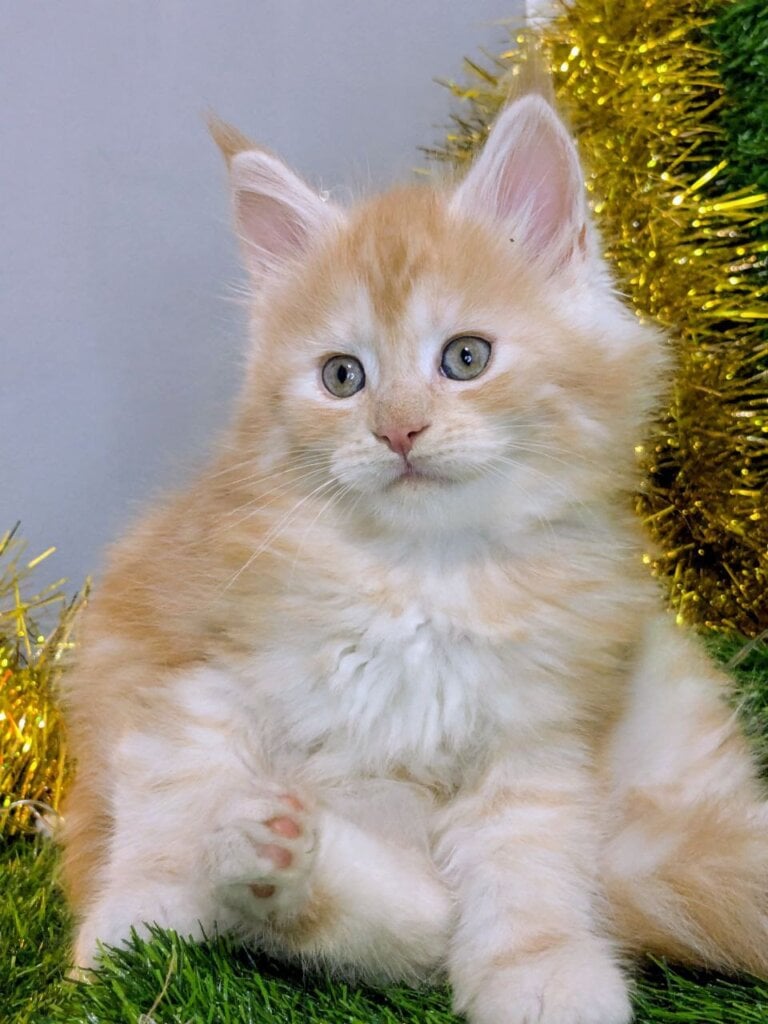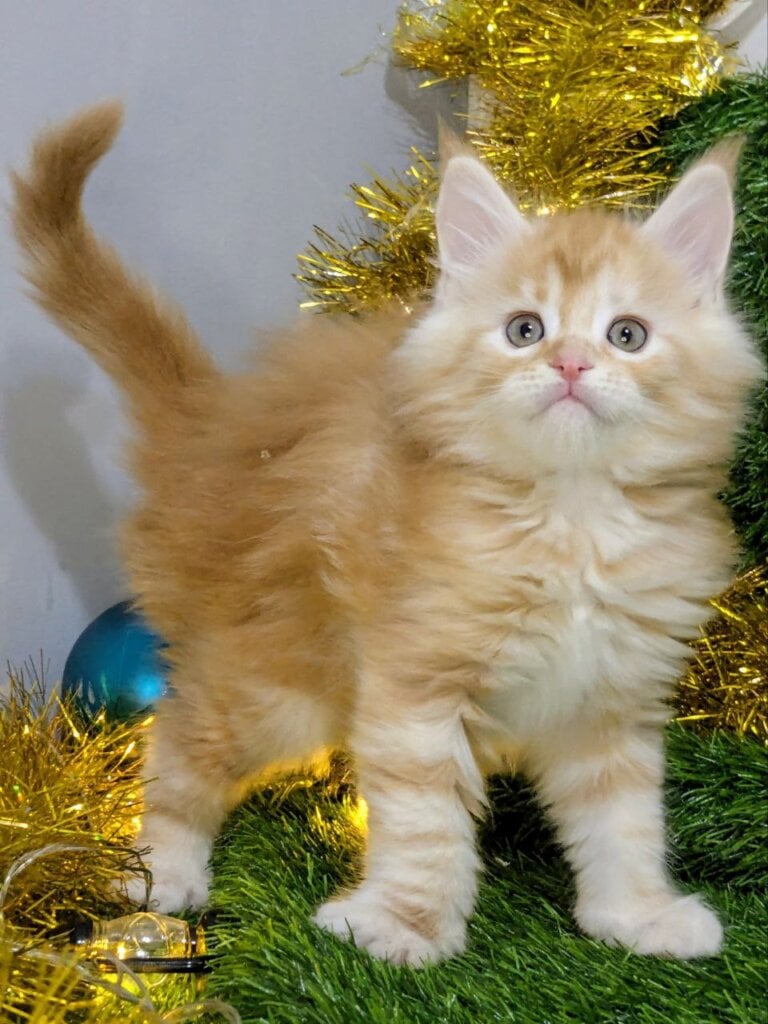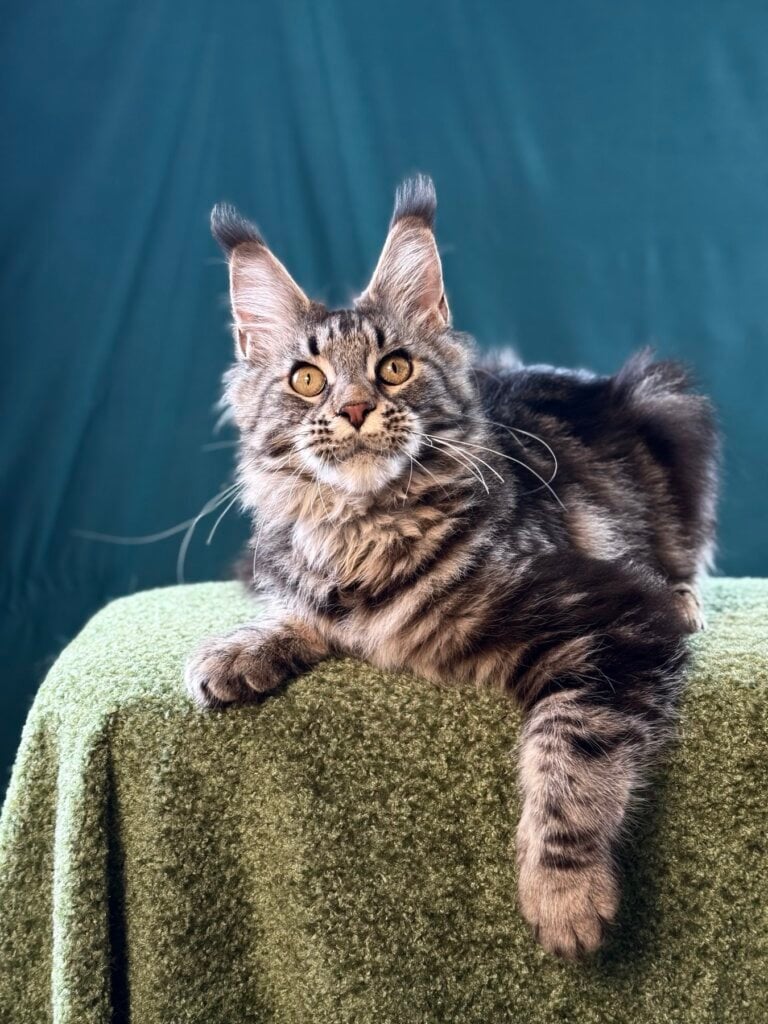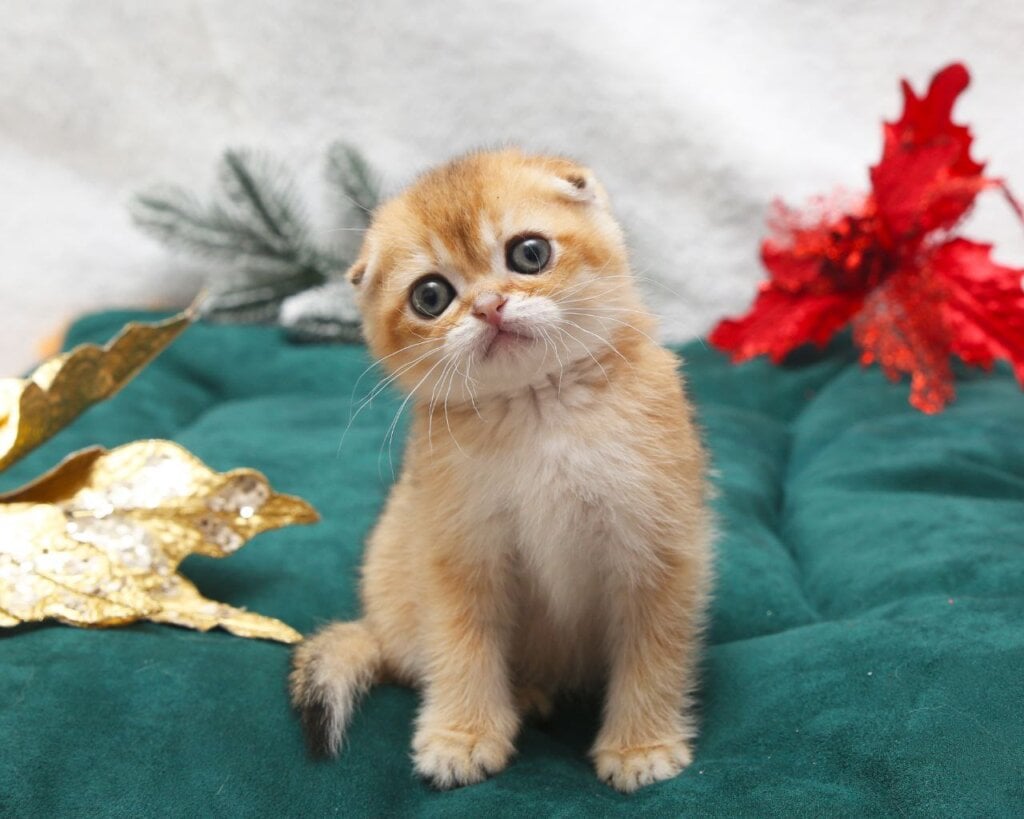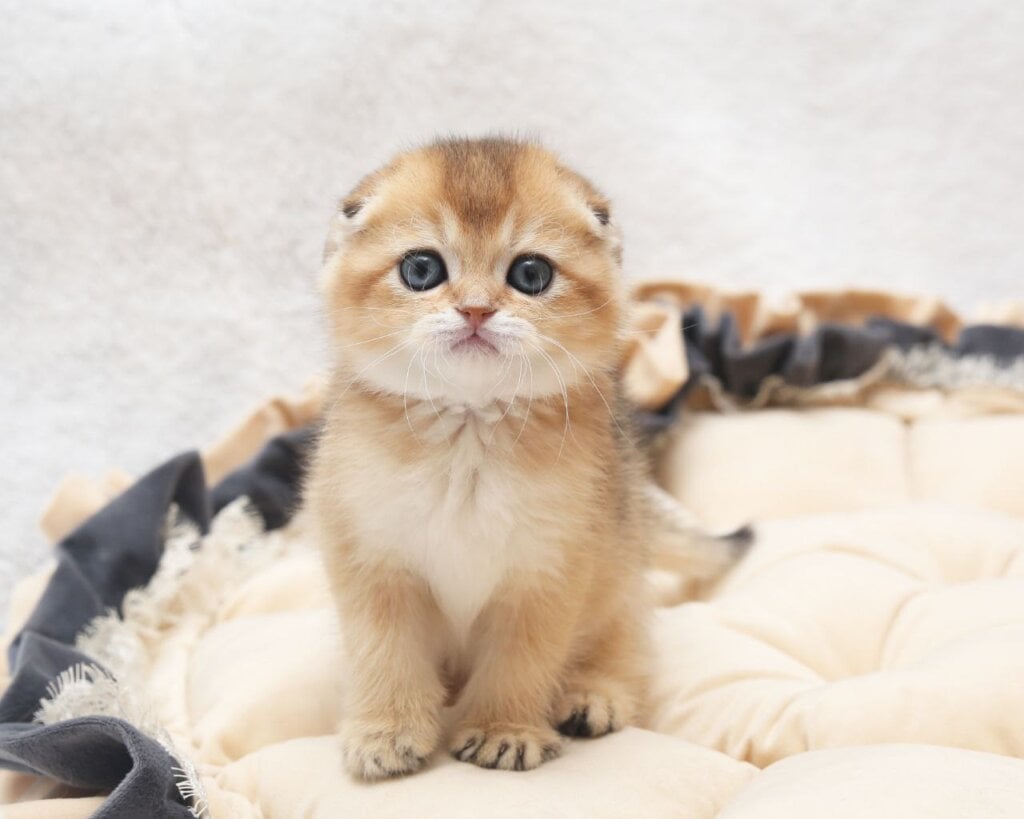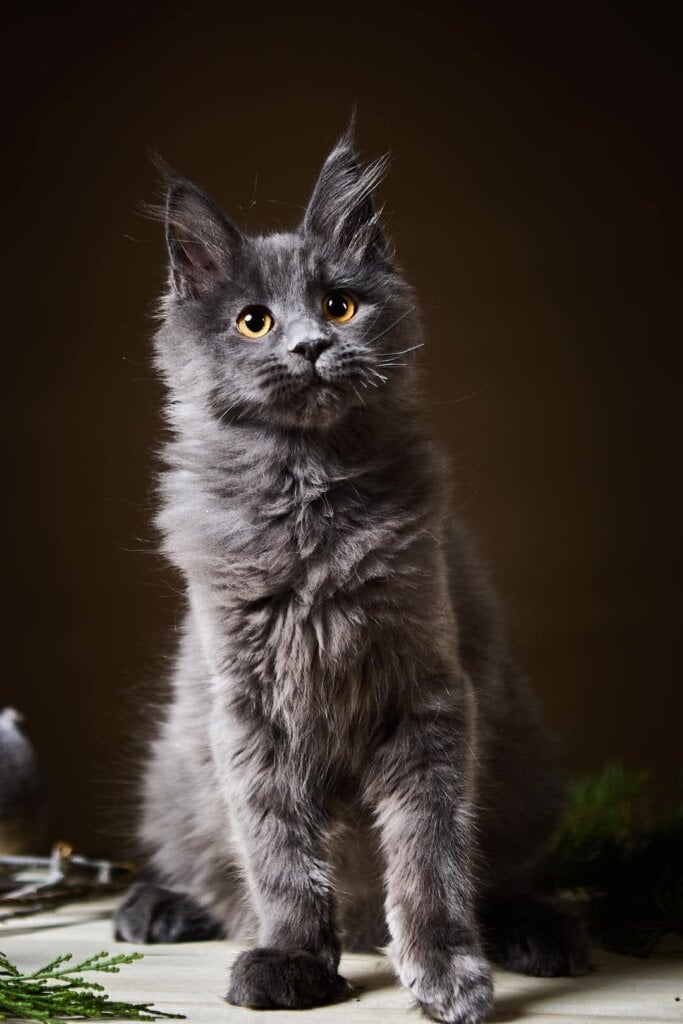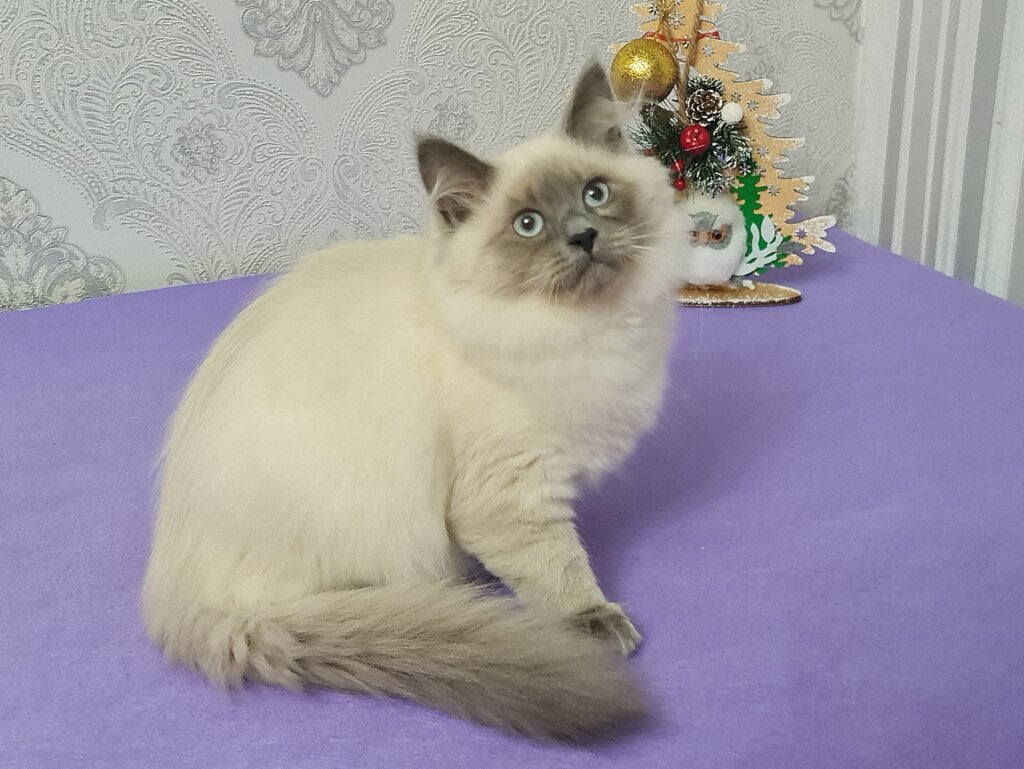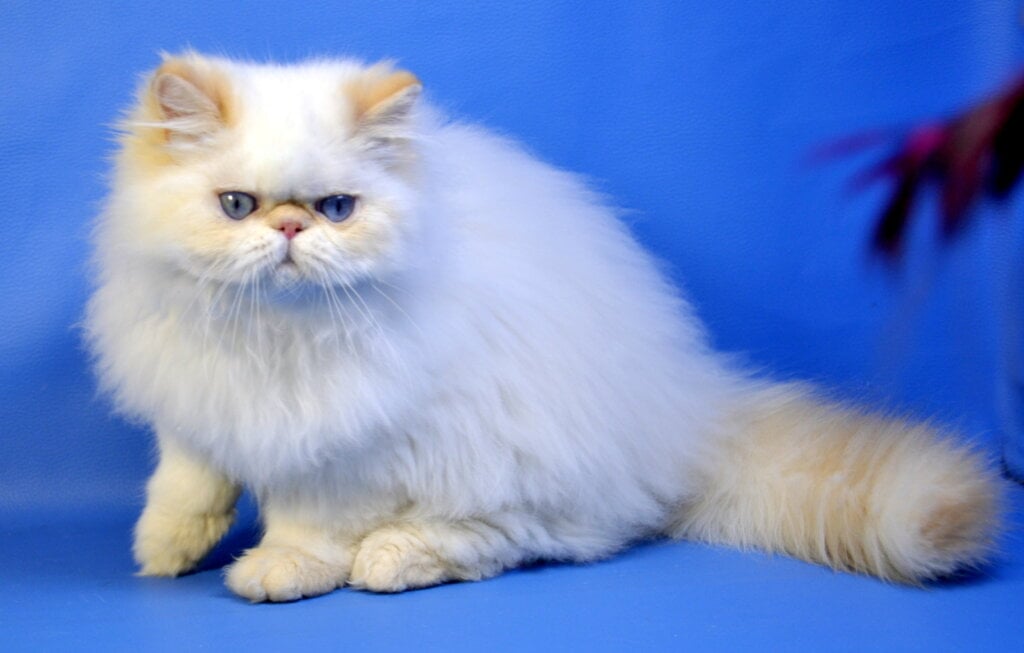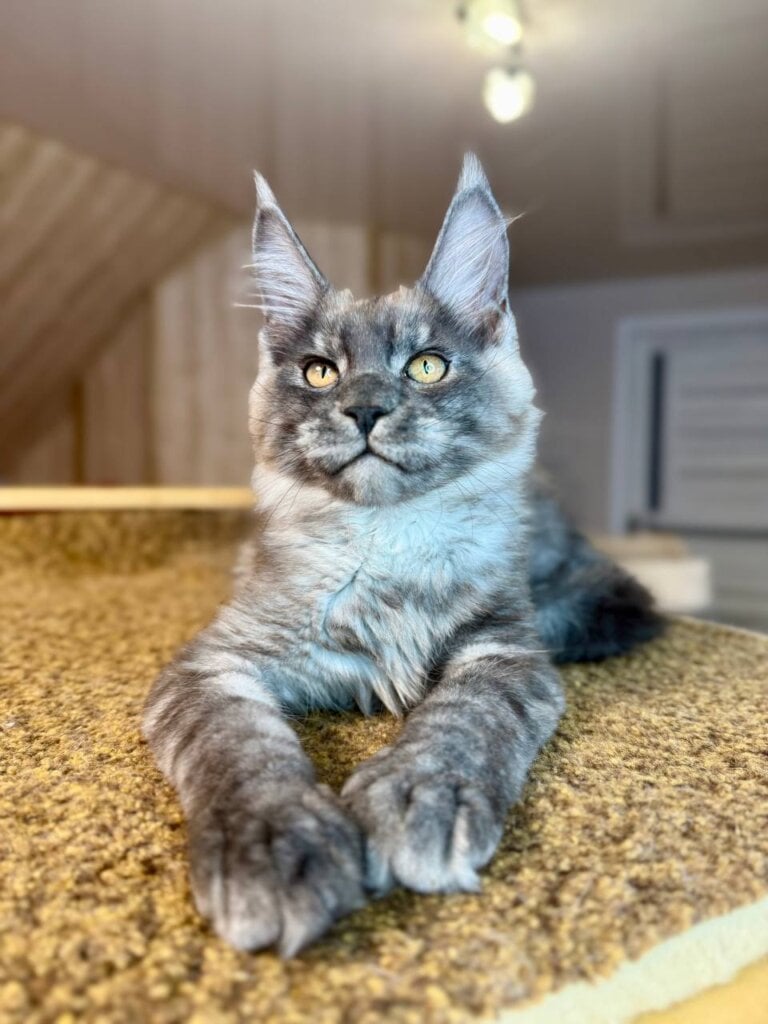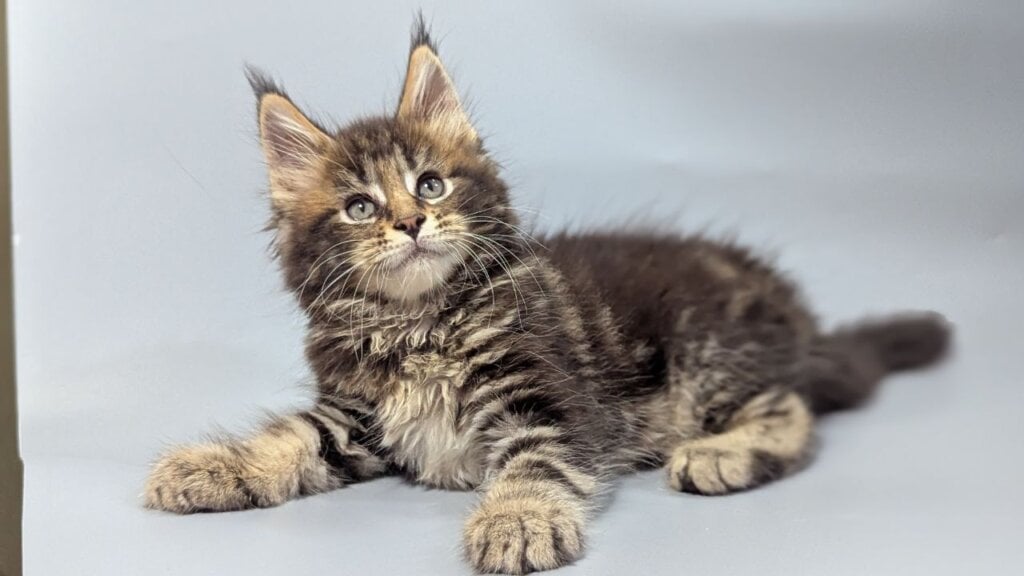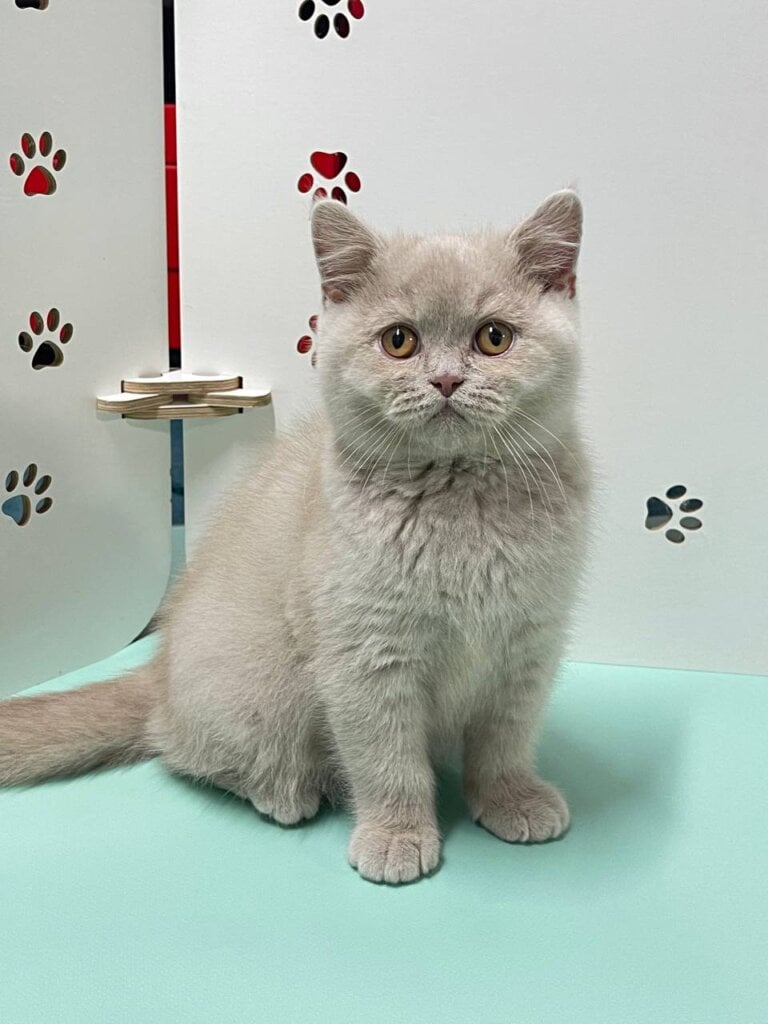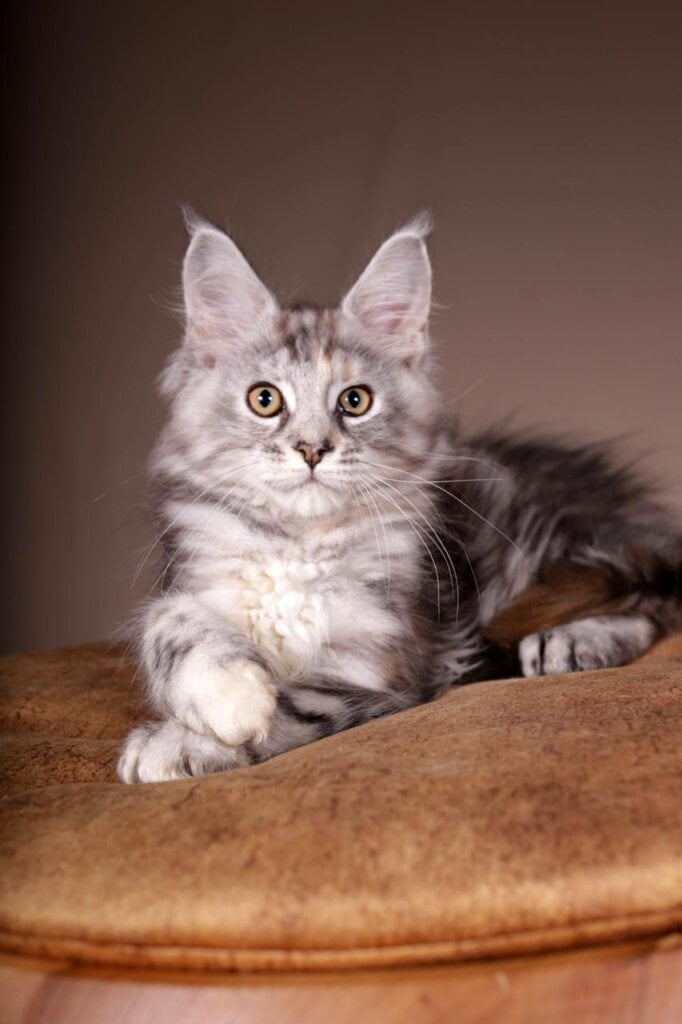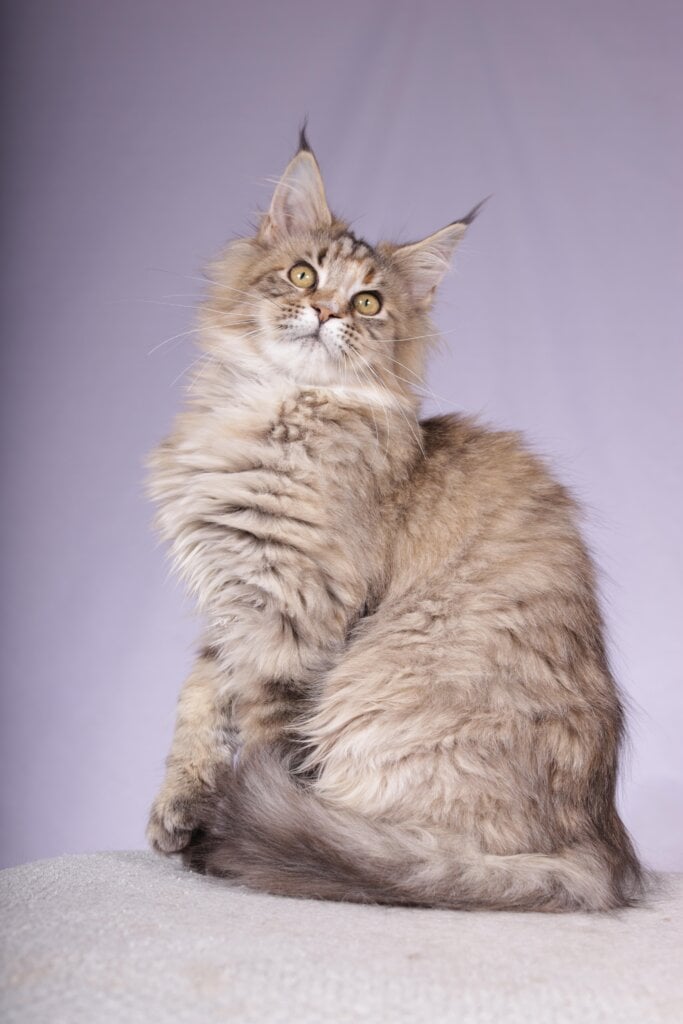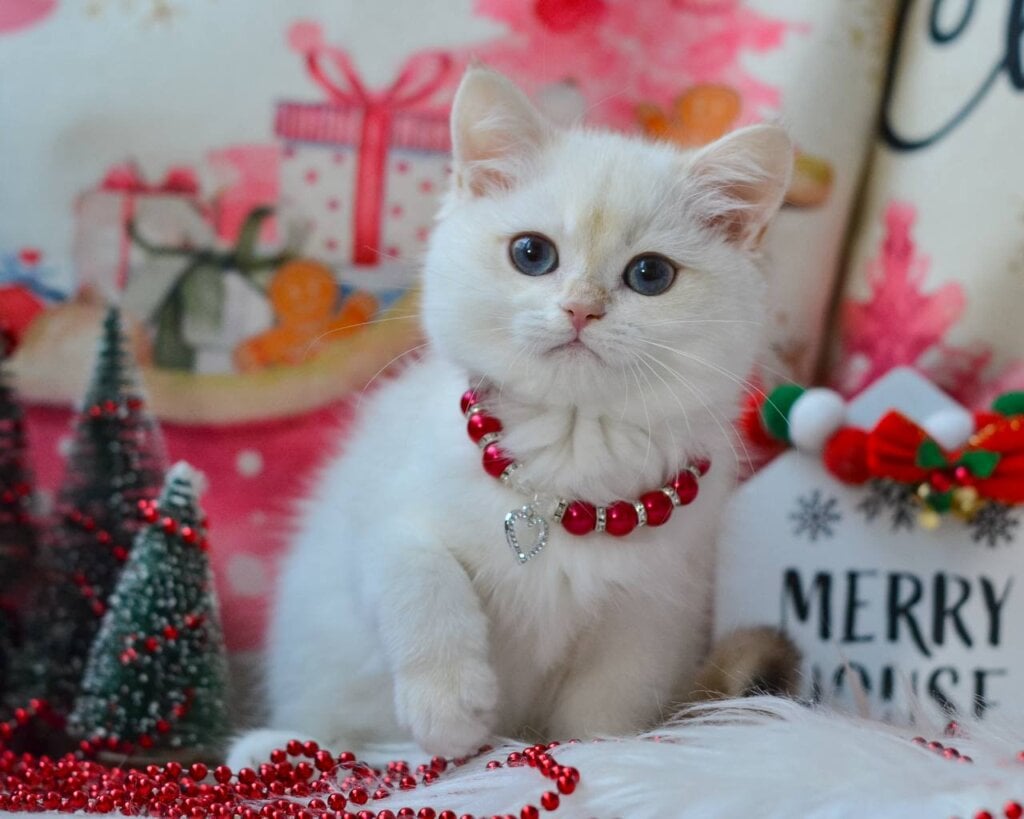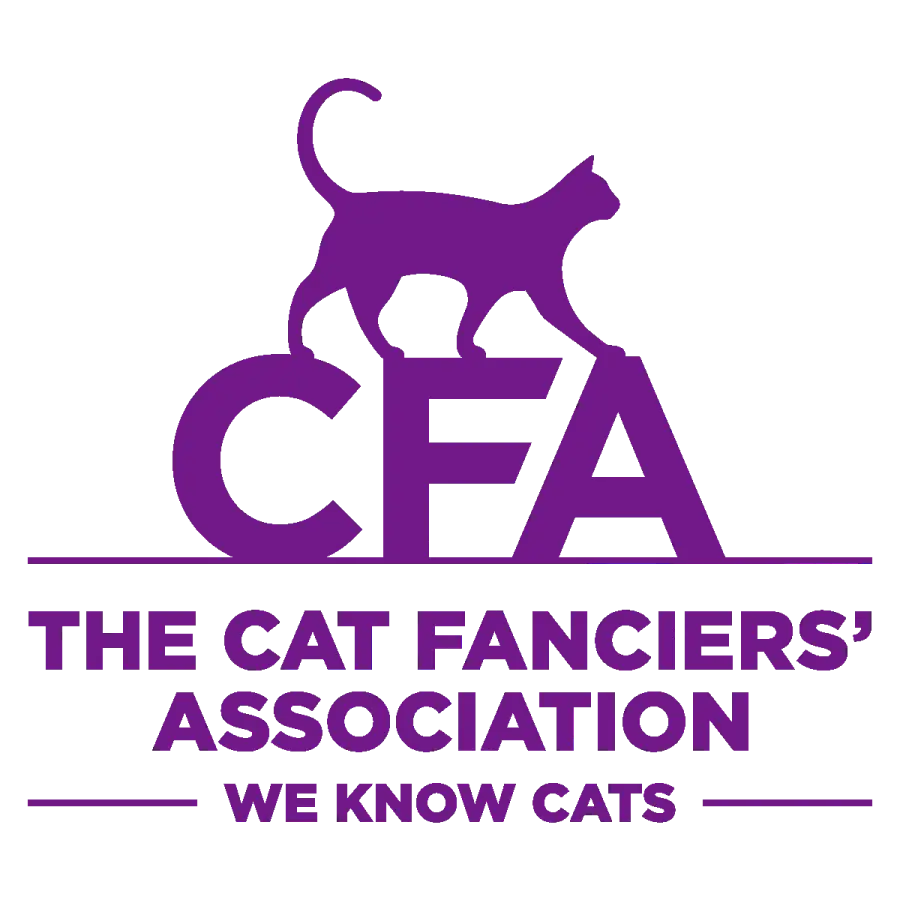Siberian Cat Origins
Historical Background
Siberian cats have a story with a depth and breadth that is captivating and timeless. This breed evolved on its own in the extreme Siberian climate, adapting through generations without the influence of mankind. The earliest written mention of these cats dates to 1000 AD.
Their resourcefulness and tenacity made it possible for them to survive and emerge from a harsh and competitive ecosystem. By the 19th century, though, the Siberian cat was nearly a thing of the past. Not until the 1950s was the breed rediscovered and started receiving recognition once more.
Geographical Roots
These cats originally come from the Siberian region of Russia. As such, they flourish in a region renowned for its frigid, harsh winters.
His Siberian cat ancestors might have included the short-haired cats that Vikings brought to Norway around 1000 AD. This association underscores the breed’s age-old historical roots in northern Europe and its ability to adjust to a range of environments.
Evolutionary Traits
Over the years, Siberian cats have naturally adapted to develop traits well suited for life in cold climates. Their thick, water-repellent triple coat gives them insulation against the most extreme weather.
This thick coat, paired with their athletic frame, not only helps them stay protected from the cold, but their status as an erratic, lightning-fast predator. They are a very rare breed, only comprising around 1-2% of the world’s cat population.
Their stunning beauty and sweet personality have captivated the hearts of felinophiles worldwide.
Maine Coon Origins
Historical Background
Maine Coons are considered one of the oldest natural breeds in North America. Their ancestry can be found in the United States, particularly in the state of Maine. This shaggy breed, originally called the Maine Shag, found a home in its home state.
It later won the coveted title of Maine’s official cat. The Maine Coon’s history is inextricably tied to the culture of its home state. In the late 19th century, Maine farmers came to prize these cats for their hunting abilities.
Their popularity just kept climbing, peaking with their recognition by the American Cat Fanciers Association (ACFA) in 1967. This breed’s long history of natural evolution without human interference is a sign of its adaptability and ruggedness.
Geographical Roots
Having developed organically in Maine’s cold climate, Maine Coons adapted to life in harsh, freezing weather. Their surroundings dictated their larger-than-life characteristics.
Their long, thick, water-repellent fur, along with their bushy tails, provide them with natural insulation from the cold. These geographical roots have bestowed upon Maine Coons a unique beauty and hardiness, rendering them adaptable to all climates.
Evolutionary Traits
The Maine Coon developed over centuries in rural Maine, naturally selecting for a ruggedness that paired practical features with majestic beauty. They’re famous for their enormous size, tufted ears, and big paws, adapted for walking on snow.
Their friendly disposition and intelligence make them fascinating companions. Nowadays, a Maine Coon kitten can run anywhere from $1,000 to $2,000 – testament to their scarcity and desirability.
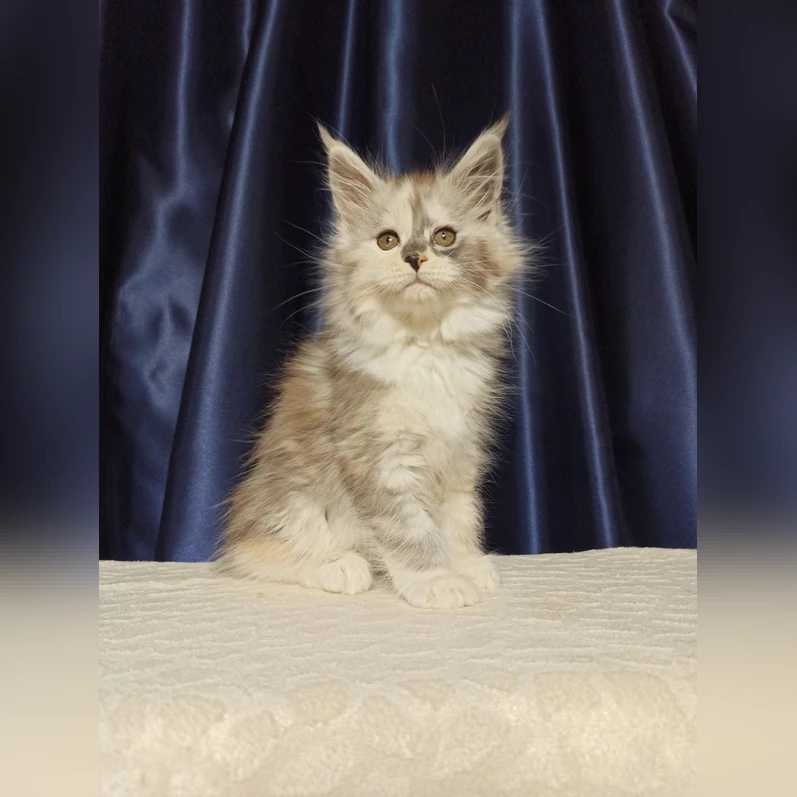
Physical Characteristics Comparison
Head and Face Shape
On head shape, Maine Coons and Siberians are very different. Maine Coons have a wedge-shaped head topped with high cheekbones, giving them a noble appearance. Siberians have a more rounded head with a square tip that hangs elegantly.
This distinctive shape contributes to their adorable appearance, making them all the more special. These changes in head structure play a role in their unique personalities, resulting in each breed being one of a kind.
Eye Shape Differences
The eyes are a second unique characteristic. Maine Coons are known for their large and wide-set eyes, which only add to their expressive faces.
Siberians should have large, almost round eyes that are spaced moderately wide apart. This unusual quality results in their alluringly gentle gaze.
These eye shapes emphasize their beauty as well as their soft, sweet disposition.
Ear Shape Characteristics
Maine Coons and Norwegian Forest Cats have adorably giant ears. Their beautiful plumage is further highlighted by this feature.
These large ears add to their alert expressions, giving them an appearance that is both curious and wise.
Body Structure Overview
Maine Coons are much larger than their Siberian relatives, males growing as large as 26 pounds. Their long, muscular bodies, with a characteristic rectangular shape, echo their powerful nature and agility.
Siberians have a shorter, denser body, contributing to their powerful but nimble look.
Fur Texture and Length
Siberians come with a thick double coat that naturally protects them in extreme weather conditions. They do shed some year round, but it becomes more prevalent during spring and fall.
Their coat’s crimp adds another layer of difference between these two breeds, accentuating their physical characteristics.
Size and Weight Differences
Understanding the distinctions between Siberian cats and Maine Coons can really make a difference for those considering these breeds as companions. Both breeds impress with their large size, but each has traits that distinguish them from one another.
Average Size Comparison
Siberians are much larger than regular house cats. They can grow to stunning lengths of nearly 25 inches! Their stocky build and long, thick fur make them look formidable.
Maine Coons are even more spectacular in size. These sensitive behemoths are one of the largest domesticated cat breeds – growing up to 40 inches in length. The length of a Maine Coon, matched with their bushy tails and tufted ears, makes for a striking appearance.
Weight Range Overview
Siberians’ weight varies between sexes and if they are spayed/neutered. Male Siberians usually weigh from 15 to 25 pounds and females from 8.5 to 13.5 pounds. Once again, some fixed Siberians could add even further weight to the scale.
In comparison, Maine Coons are much bulkier, with males weighing as much as 26 pounds. This difference in size is a significant consideration for future pet owners.
Siberians tend to be slow in coming to maturity, usually not filling out completely until they are four or five years old.
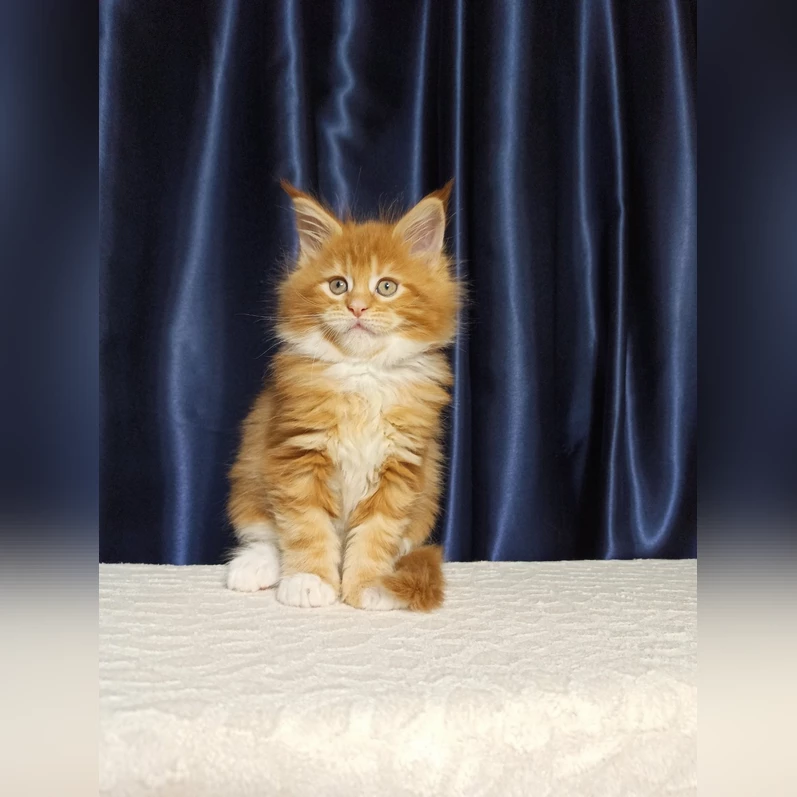
Color and Shedding Patterns
Common Color Variations
Siberian cats and Maine Coons show a delightful variety of colors, each contributing their own beauty to these breeds. Maine Coons come in every color and color pattern (not the Himalayan pattern). They can be solid colors, such as black, red, or cream, and show exquisite tabby markings – mackerel and classic tabby.
They are found in bi-color, part-color, and even shaded and smoke patterns. Siberians, on the other hand, provide a varied palette too, including those of solid color, such as black, white, or blue. They are particularly stunning in classic tabby patterns and colorpoints, with the latter including a lynx colorpoint.
That variety provides potential cat parents with millions of choices. They can immediately connect with a feline companion that suits their own unique style and vibe.
Shedding and Grooming Needs
With their long, plush coats, both breeds need routine grooming to avoid matting and control excessive shedding. Maine Coons do shed year-round but shed more heavily two times a year. With regular grooming, their long, silky coat is easy to manage.
To avoid color and shedding patterns, be sure to use a stainless steel comb or slicker brush two to three times weekly. You may need to brush her at least once a day during heavy shedding seasons.
Siberians, due to their double coat, mostly shed in the fall and spring. Their fur is naturally resistant to tangling, but biweekly grooming is necessary to keep loose hair from becoming matted. This helps to keep their coats clean and free of debris.
Temperament and Personality Traits![]()
Social Behavior Comparison
Siberian cats are smart, resourceful felines, with a knack for problem-solving. They’re happiest when they’re near people and are known for shadowing their owners everywhere they go, like devoted doggo sidekicks.
As interactive pets, their expressive temperament and personality traits make them a great option for the family with a playful heart. On the other hand, Maine Coons are the gentle giants. They project an anti-authoritarian, devil-may-care demeanor and faun-like disposition.
This makes them ideal companions for those who want an independent cat that entertains itself but is still social and interactive. Both breeds do best in social settings, but each breed offers something special and different to family life.
Energy Levels and Playfulness
Siberian cats are extremely active and playful, frequently participating in activities that test their wits. Given their extreme energy levels, they love playing games that challenge both their mind and body.
Maine Coons, less energetically intense, are playfully gentle. They take great pleasure in relaxed exploratory playtime. Their calm disposition and affectionate temperament means they are wonderful, low-maintenance additions to a home looking for a chill buddy.
While both breeds are flexible with activity levels, Siberians likely require a more stimulating and active lifestyle to keep them happy.
Training and Adaptability
Maine Coons make excellent, adaptable pets. They’re pretty smart, which makes them easy to train – especially when you’re training them in a harness for walks.
This flexibility is part of what makes them such versatile companions. Due to their high level of smarts, Siberians learn very fast and can be taught a range of different tricks and commands.
Along with their intelligence, their adaptability makes them able to fit into any lifestyle, making them perfect for everchanging family life.
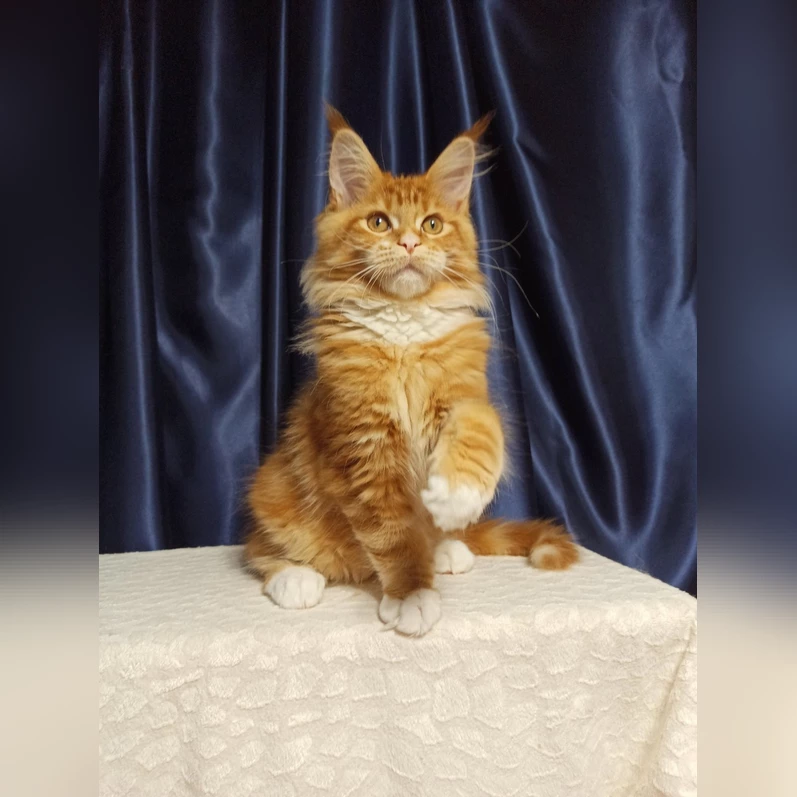
Care and Health Requirements
1. Grooming Essentials
Cats with long-haired genetics, like Maine Coons and Siberian cats, have full, fluffy coats. They require regular grooming to remain healthy and stunning.
Brush your Maine Coon at least two to three times per week. This will prevent their fur from turning into knots, which will help reduce shedding too. When it’s their shedding season, brushing every day is a must to stop matting.
Siberians, with their thick, double, water-resistant coats, need to be groomed even more often. Routine grooming helps prevent problems before they develop and ensures your kitty’s coat is always its healthiest.
It also provides quality time with your cat and helps create a stronger bond.
2. Dietary Needs
A proper diet is important for both Maine Coons and Siberians. These giant breeds have unique nutritional care needs to help maintain their ample size and vigor.
Be sure to stick to safety dietary guidelines and check with a vet to make sure your cat is getting the nutrients they need. As with dogs, providing properly balanced, high-quality cat food and controlling calorie intake can help prevent obesity and other related health conditions.
3. Exercise and Activity Levels
Both breeds are very energetic and playful, needing daily exercise to keep them content. Making playtime an everyday part of their life helps them stay healthy while allowing them to express their instinctive behaviors.
Running after a feather toy provides both exercise and mental stimulation. Climbing to the top of a cat tree offers important physical and mental enrichment.
4. Common Health Issues
Both breeds are generally quite healthy. Due to their small gene pool, Maine Coons are at an increased risk of several hereditary health issues.
Regular veterinary check-ups and screenings, such as for hypertrophic cardiomyopathy and hip dysplasia, are important to detect and manage these conditions before they become a problem.
PKD, a genetic disorder of the kidneys, is another issue of concern in both breeds. With early diagnosis and proper management, patients can have their quality of life greatly restored.
5. Allergy Considerations
For allergy sufferers, Siberians are typically a better fit. They produce much lower amounts of allergenic proteins than Maine Coons.
Every individual differs, so it’s best to spend time with the breed first to see if it’s a good fit or not.
Choosing the Right Breed for You![]()
Lifestyle Compatibility
Whether you’re considering a Maine Coon or a Siberian cat, your lifestyle should be the primary factor in making your decision. Maine Coons tend to be larger, with males weighing 11 to 17 pounds and females 8 to 12 pounds. Their sheer size demands more room.
With their wide chest and square head, they are quite stately. Siberians are medium-large, more soft and barrel-shaped with a rounded head. They are considered hypoallergenic, but that’s not a guarantee.
If you are allergic, it is best to meet a Siberian as allergen levels vary. About 70% of cat-allergic people can tolerate them, but time with one beforehand is advisable.
Family and Home Suitability
In terms of family compatibility, either breed works well. Maine Coons are good-natured, gentle giants who enjoy the company of children and everyone else. Their size and playful disposition make them wonderful companions.
Siberians are loving, easygoing, and adaptable, making them wonderful additions to just about any family. Maine Coons do best in homes with plenty of space, but Siberians adapt easily to any environment.
Understanding the cat’s pedigree allows you to figure out the breed and make sure you are making the right choice.
Cost Considerations
Cost is another consideration. Maine Coons and Siberians have significant costs associated with breeding healthy, genetically pure animals. If you’re still on the fence, reading up on ethical breeding is a good first step.
Meeting breeders in person and learning about the costs of breeding a dog will help you make an informed choice.
